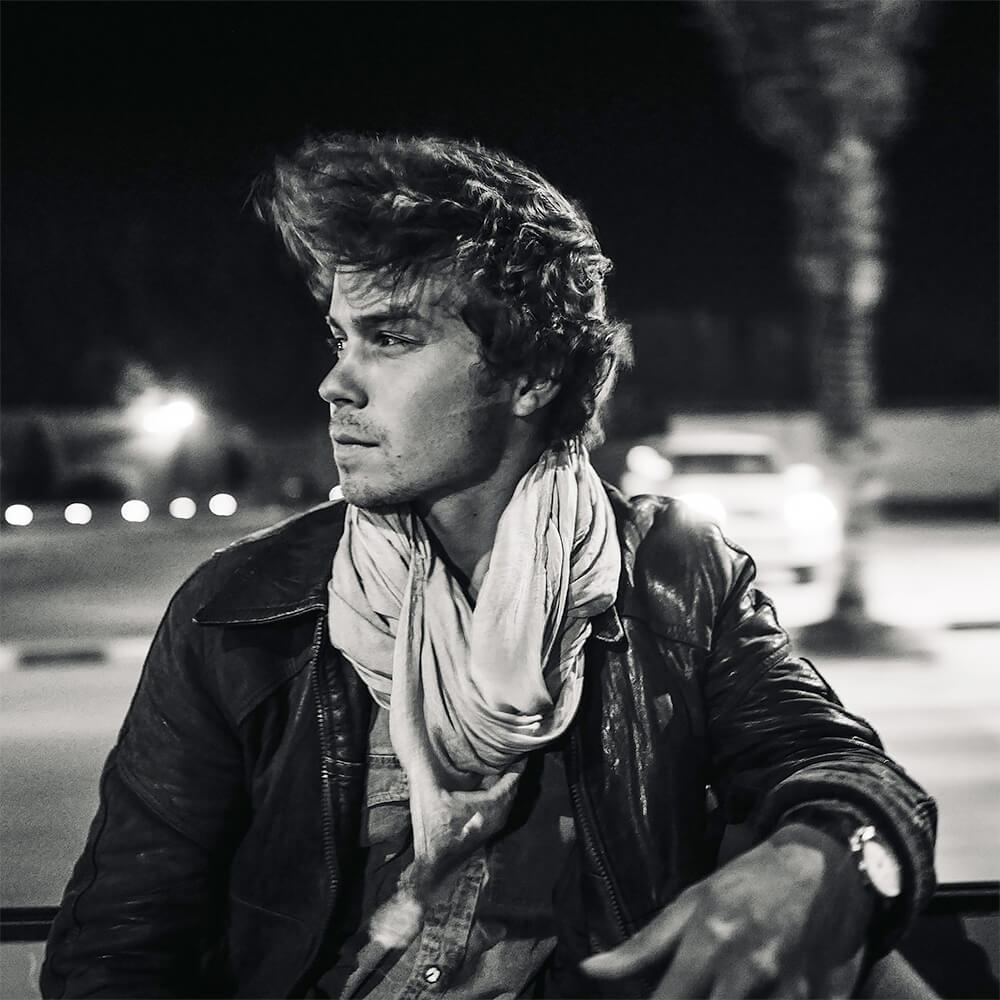Lucas Barioulet, born in Angers, France in 1996, is a french freelance photojournalist based in Paris, focusing on islamic republics.
He graduate from Ecole de Journaliste de Tours and San Diego State University. The same yearn he began working in between the United States and Mexico in 2016 and 2017 as a correspondent for french newspaper, following the presidential elections and the migrant crisis.
He then came in France and worked for the daily french newspaper Le Parisien as a staff photographer for one year. In march 2018, he began working as a stringer photographer for the world news agency Agence France Presse, covering the world cup, the yellow vests movements and daily news in France. During the Covid-19 crisis, he extensively covered the situation in France, from intensive care units to funerals parlors. He also contributes regularly to french newspaper Le Monde and magazine GEO.
Since 2018, he works on a long term project on islamic republics, starting with Mauritania and then Pakistan exploring the different aspects and the young generations of these misunderstood countries. His last serie "The Long and Difficult Path of the Mauritanian National Women's Football" won the 2nd place in the "Sport" Category at the Sony World Photography Award 2020.
"Camera is the best passport to my eyes. To not be a tourist, but a traveler. To not be only a photographer, but also a journalist. Trying to understand be fore judging, Watching and listening so that other can also see, go where the others cannot go for putting light on shadows areas. Take the time necessary to do photography, when the all industry is rushing. Build human connections that goes over the simple photographer - subject relationship. "
